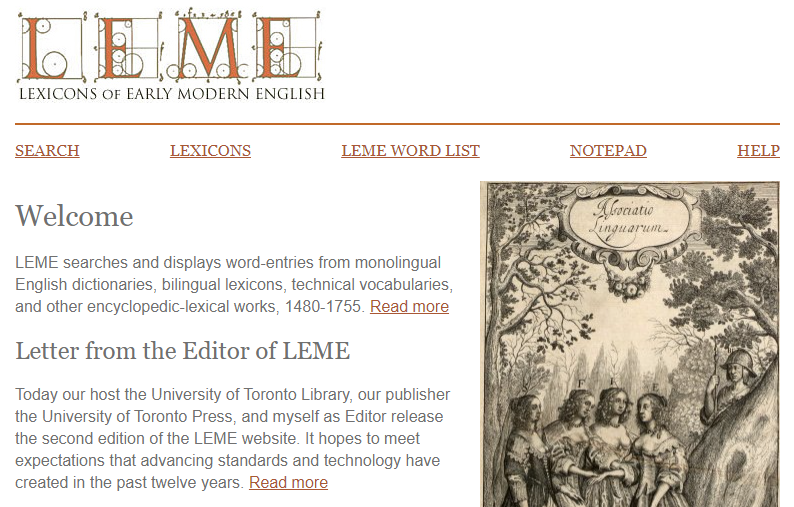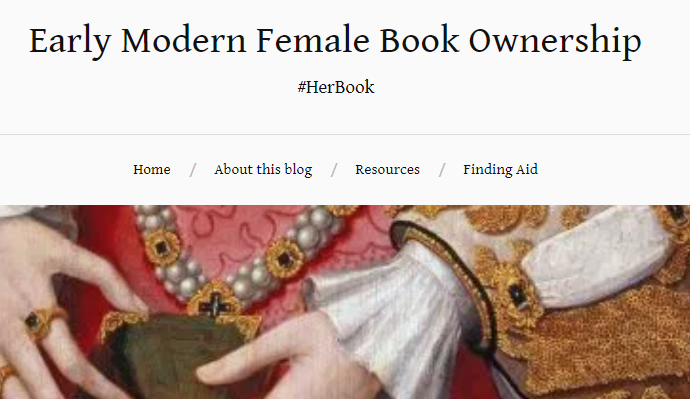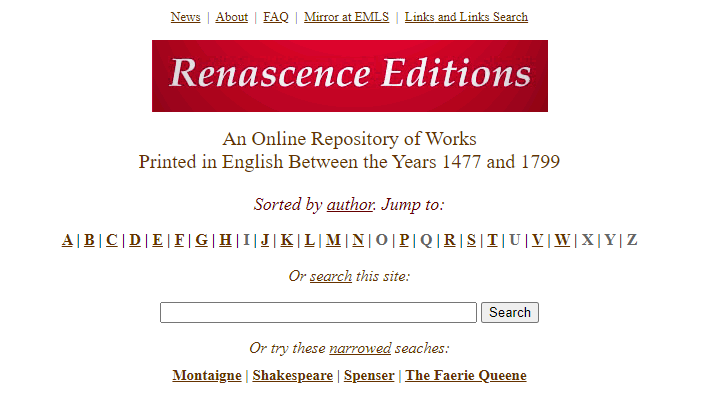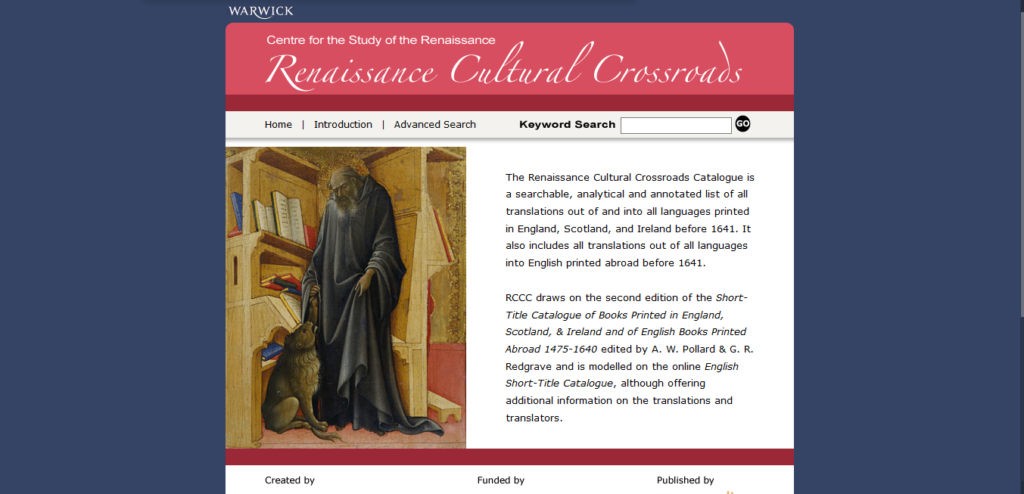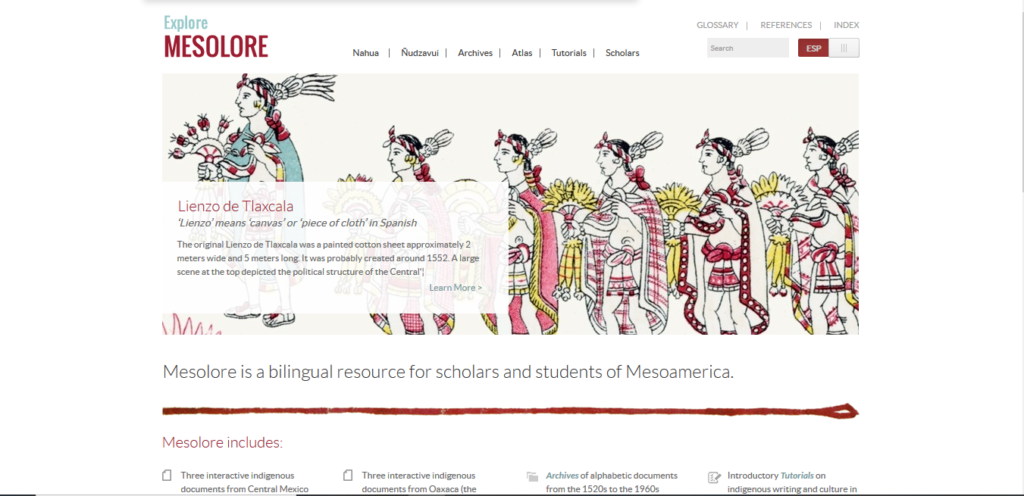Home
Books printed between 1450 (the year of Gutenberg’s invention of modern printing) and 1500 (conventional cut-off date in scholarship) are known as incunabula. Some 30,000 editions are known today, in some 450,000 surviving copies, located in about 4,000 different public libraries, mostly in Europe and North America. Each surviving copy has a different history, which can be reconstructed with the help of physical evidence (ownership inscriptions, decoration, binding, coats of arms, manuscript annotations, stamps, prices, etc.) and bibliographical evidence (historic library catalogues, bookseller and auction catalogues, acquisition registers, etc.): all this is known as copy-specific information, or provenance, or material evidence, or post-production evidence. The idea that underpins the 15cBOOKTRADE Project is to use material and documentary evidence to address several fundamental questions relating to the introduction of printing in the West which have so far eluded scholarship, partly because of lack of evidence, partly because of the lack of effective tools to deal with existing evidence.



